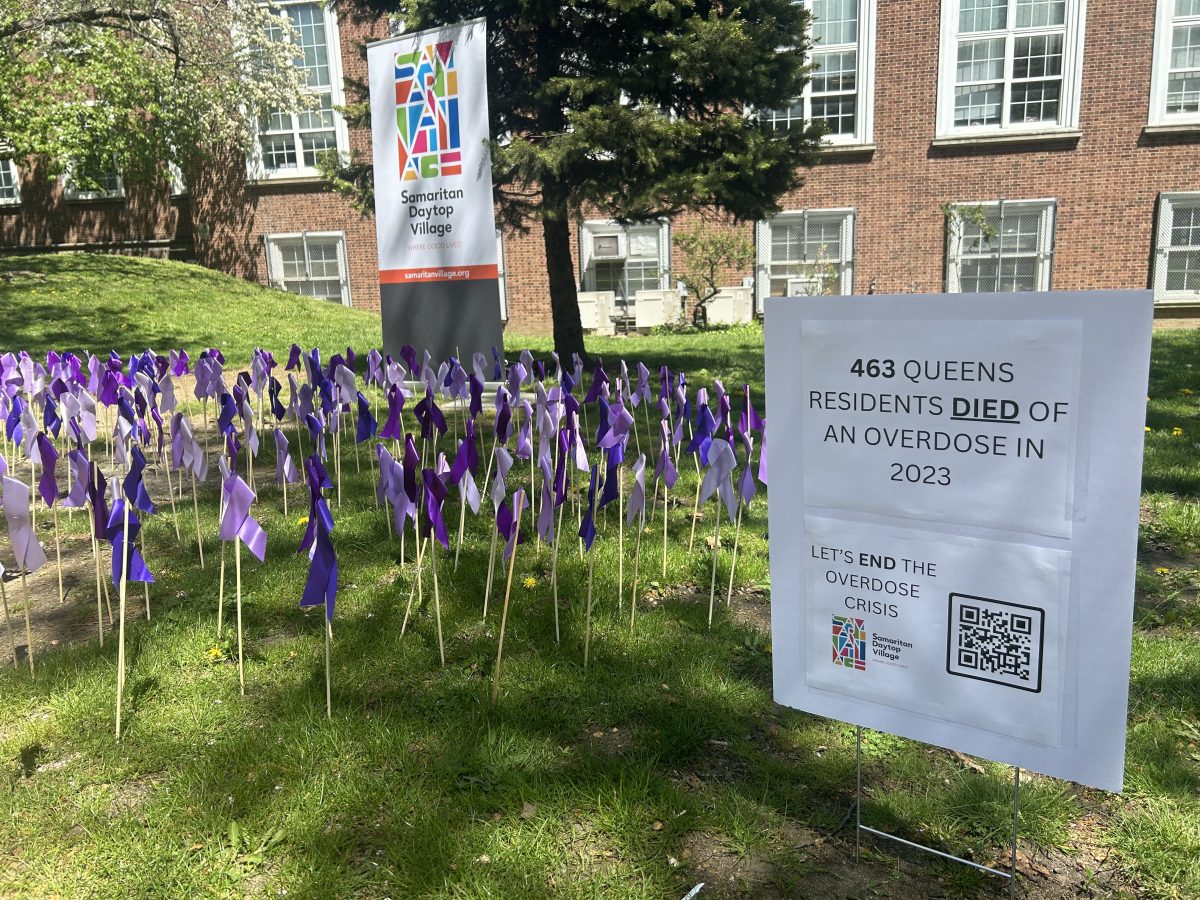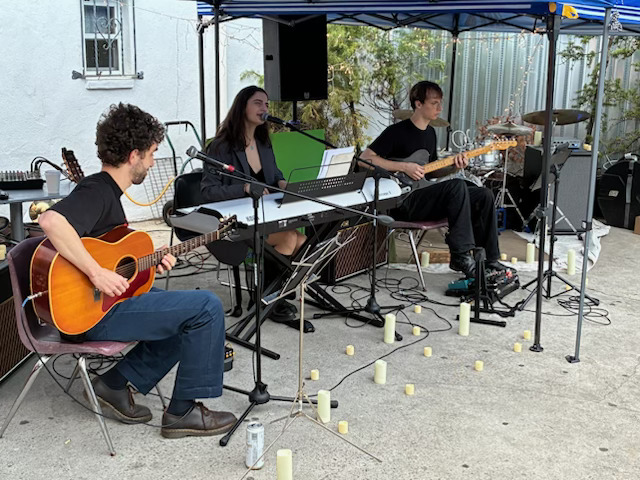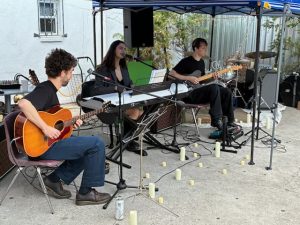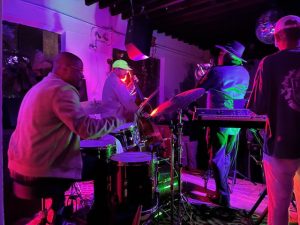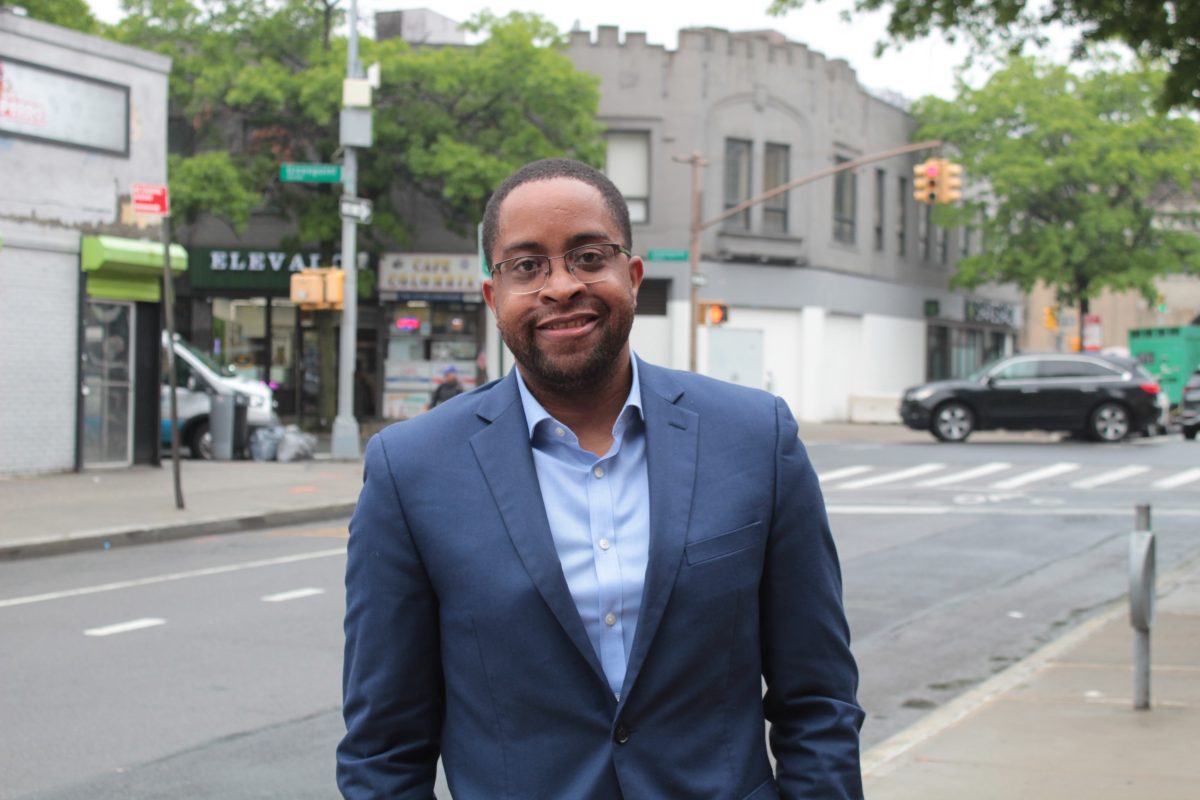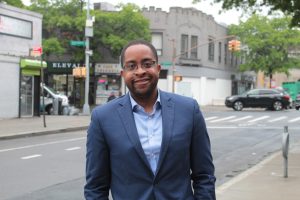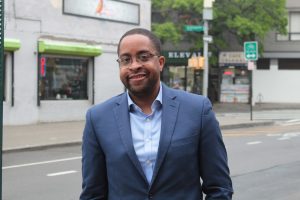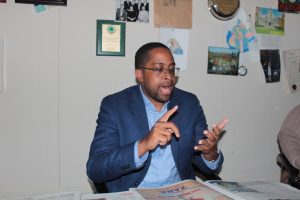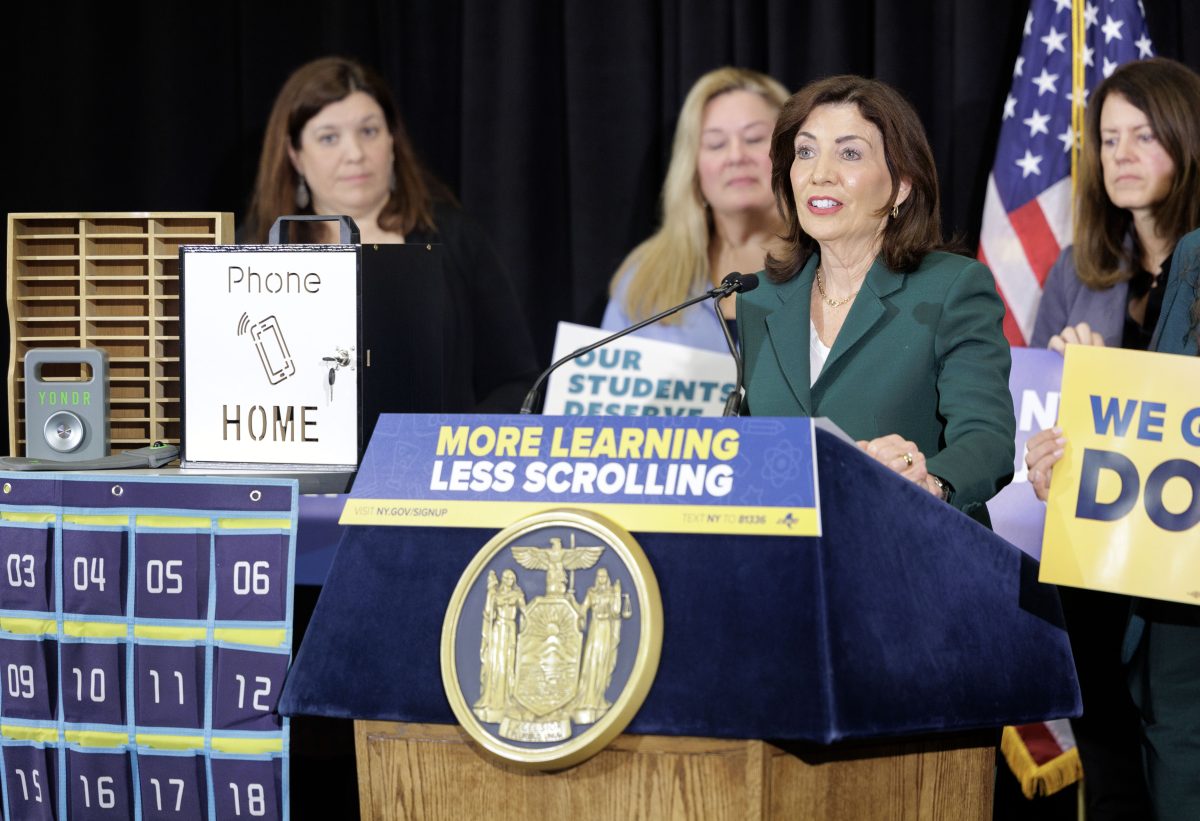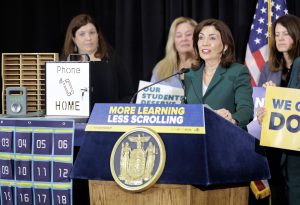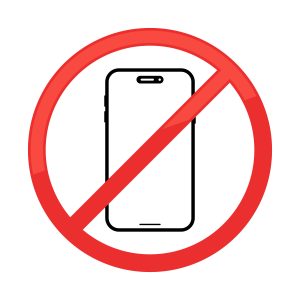Borough President Hosts Opioid Overdose Awareness Event
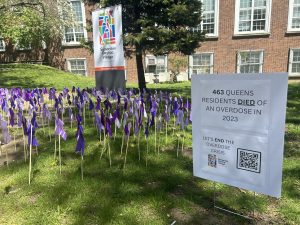
Photo Credit: Courtesy of Anat Gerstein, Inc.
— 463 purple ribbons at Queens Borough Hall represent the number of Queens residents who
lost their lives to overdose in 2023 —
On Monday April 28th at Queens Borough Hall the Queens Borough president Donovon
Richards Jr. and Samaritan Daytop Village honor the Queens residents who lost their lives to
Opioid overdoses in 2023. The event was a sea of purple ribbons to represent those that lost their
lives. As of the last decade deaths from opioid overdoses have soared. In 2023 3,046 died from
overdoses in New York City according to data from the NYC Department of Health and Mental
Hygiene. In 2023, 463 residents of Queens died from an overdose.
At the event, Peer Recovery Professionals from Samaritan’s Peer Alliance Recovery Centers
(PARC) spoke about the importance of harm reduction tools and strategies, including the life-
saving medication Narcan. Byron Summers, one of Samaritan’s peer professionals, shared his
personal experience with substance use and recovery. If you or someone you know is seeking
recovery support in Queens, you can reach Samaritan Daytop Village’s PARC Queens
program at (929) 244-1445.
The CEO & President of Samaritan Daytop Mitchell Netburn talks about the ribbons and what
they represent. “Every one of the 463 purple ribbons placed here today represents a person who
mattered—someone who laughed, loved, and was loved,” said Netburn. Samaritan Daytop has a
program that reduces harm reduction for over 60 years to find recovery through treatment for
addiction. They share strategies to reduce harm. “Home to our headquarters and 18 of our
program sites, Queens has always been at the heart of our work. We are deeply committed to
helping its residents on their recovery journeys. We are grateful to our government and elected
partners who join us in this fight–together, we know we can end the overdose crisis.” he says.
The Queens Borough President Donovan Richards Jr talks about the impact of the Opioid
crisis and how it has impacted Queens. “The scourge of opioid addiction has taken a
terrible toll on Queens, with so many precious lives being snuffed out much too soon,”
said Richards Jr. “Fortunately, we have an organization like Samaritan Daytop Village
that is working to address this crisis through its comprehensive treatment of substance
abuse disorders. Thanks to Samaritan Daytop Village, there is hope for a better life for all
those who are trapped in the depths of drug addiction.” he says.
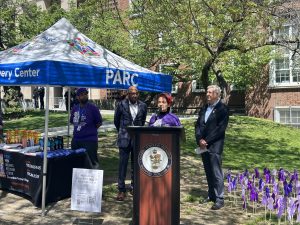
Senator Joseph P. Addabbo, Jr. “Today, we gather to honor the lives lost to a devastating crisis
that continues to impact our community. We must stand united in our efforts to expand access to
life-saving resources like Narcan and invest in comprehensive addiction treatment and
prevention programs. Every life lost is a call to action — and together, we can turn the tide on
this epidemic and offer hope and healing to those in need,” said Addabbo, Jr.
New York State Senator Leroy Comrie. “Every life lost to overdose is one too many. Today’s
gathering is a solemn reminder that behind every ribbon is a neighbor, a family, and a future cut
short. I’m grateful to Samaritan Daytop Village and all our partners for their tireless work to
prevent these tragedies. Together, we must continue to invest in prevention, treatment, and
recovery efforts that meet people where they are and ensure no family faces this crisis alone,”
said Comrie.
With Funding being cut for these programs assembly member Jessica González-Rojas highlights
just how important these programs are to reduce the impact of the opioid crisis “Many New
Yorkers are struggling with substance use disorders and suffering unnecessarily. With an
administration cutting critical funding for lifesaving healthcare, we have to do more for our
neighbors. New York is experiencing higher than national rates of opioid overdose deaths, for
example. According to the New York Department of Health and Mental Hygiene, a fatal
overdose occurs every three hours, resulting in eight deaths a day, and that’s just in New York
City. And we know this epidemic is impacting Black and Brown people at a higher rate than
others. Today is such an important reminder that we have to keep fighting for the lives of New
Yorkers. My bill, A069 enacts the Opioid Stewardship Fund, which will ensure that the state is
investing in recovery services, while A6554 ensures transparency of how $2.6 billion received
through a settlement is spent. The lives of New Yorkers are not bargaining chips. It is time we
put New Yorkers first and build a better, healthier society,” said González-Rojas.
Assemblyman David I. Weprin comments “Queens continues to face a devastating surge in
overdose fatalities, driven largely by fentanyl and other synthetic opioids. We must confront this
crisis by increasing funding for mental health and substance use disorder services along with
investing in long-term recovery resources,” said Weprin.
Speaker Adrienne Adams “Substance use disorders can tear people away from who they are and
those they love, and it’s up to our government to provide a system of care so that people can get
help,” said Adams. “Each purple ribbon represents a son, daughter, a loved one whose life was
cut too short. We must approach this crisis with solutions that center harm reduction, prevention,
and treatment, and expand access to community-based care, especially in communities across
Queens that are disproportionately affected by overdose deaths. As Speaker, I am committed to
working with partners across government to present meaningful and holistic solutions that can
curb this crisis.” she says.
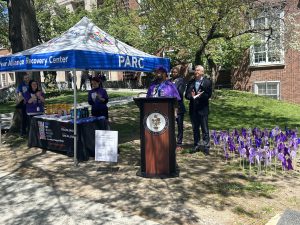
Council Member, and Chair of the Committee on Mental Health, Disabilities, and Addictions
Linda Lee “The opioid overdose crisis is a devastating public health epidemic that has claimed
too many lives in our city—including 463 of our Queens neighbors in 2023 alone,” said Lee.
“With data showing that a New Yorker dies from a drug overdose every three hours, we must
lean on community partners like Samaritan Daytop Village, whose dedicated, on-the-ground
efforts are helping lead the way out of this crisis. I am deeply grateful for their commitment to
prevention and rehabilitation programs for the New Yorkers who need them most.” Lee says.
Council Member Lynn Schulman, “As Chair of the City Council’s Health Committee, I am
committed to ensuring we address the overdose crisis with compassion, urgency, and evidence-
based solutions. Every life lost to overdose is a preventable tragedy, and we must continue
expanding access to harm reduction resources like Narcan, treatment services, and community-based support. I stand with Samaritan Daytop Village and all our partners in the fight to save lives and build a healthier New York,” said Schulman.
Council Member Dr. Nantasha Williams “Every life lost to overdose is a tragedy that
ripples through families and neighborhoods. The work of Samaritan Daytop Village isn’t
just about recovery; it’s about building a system of care rooted in compassion, access, and
responsibility. In a city where too many families are grieving in silence, their commitment
to prevention, support, and healing is essential. I’m grateful for the space they create
where dignity and care are prioritized, and people are met with respect, not judgment,”
said Williams.
Councilwoman Vickie Paladino “Opioid overdose awareness is a critical issue that affects
individuals of all ages and backgrounds. Each life lost to this crisis leaves families heartbroken
and communities deeply impacted. It is essential that communities across the city—including
right here in Queens—address this growing epidemic with urgency and a commitment to raising
awareness and providing support for those at risk,” said Paladino.
PARC Peer Professional Jacqueline Roman, “Every life is worth saving and everyone deserves a
chance. Given the right circumstances, everyone can thrive. We need to meet people where they
are and help them stay healthy,” said Roman.
“Get connected and stay connected,” said Summers.


